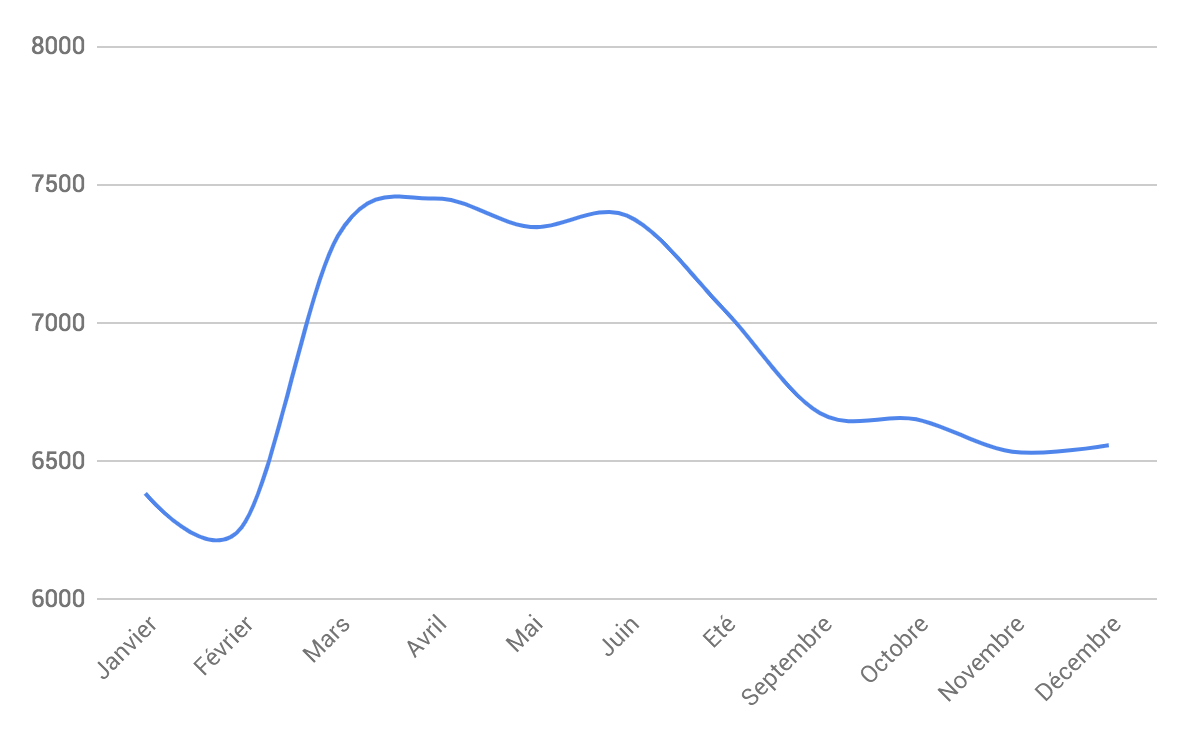Due to lack of time or resources, webperf or the improvement of web page loading times are sometimes relegated to the background. A pity… Because in this context, the optimizations made to your site run the risk of remaining basic and not evolving much. So how do you approach web performance effectively, and what are the pitfalls to avoid and the best practices to implement? Focus on a few pitfalls and how to avoid them.
1. Dealing with “one-shot” work
Your website evolves rapidly, and each of your integrations (or the many integrations of other services) can have an impact on your performance. That’s why webperf efforts need to be sustained over time, rather than just plugging gaps from time to time.
As Stéphane Rios, founder of Fasterize, explains:“In my previous experience as CTO at RueDuCommerce.com, we constantly worked to ensure that the site was as fast as possible. However, as soon as we set up “commando” operations, 6 months later, we had to start all over again”.
According to a study we carried out on 30 e-commerce sites over the course of 2018, we found that the Speed Index of e-commerce sites varies according to the time of year :
2. Relying on HTTP/2
Think switching to HTTP/2 is enough to boost your performance? That would be too good an idea, but in reality, performance isn’t just a matter of this protocol. In fact, as Damien Jubeau of Dareboost points out,“there are often disappointments, as HTTP/2 doesn’t always deliver the expected acceleration. Worse: some sites may even lose performance by switching to HTTP/2, as SFR has experienced”.
3. Thinking that slowness isn’t so bad
A Google study shows that for 75% of respondents, page loading speed is the most important criterion for mobile users.
On the Internet, time is more than ever an agent, since according to a Think with Google study, 1 second lost means 12% fewer conversions.
And finally, 20% of users abandon their shopping baskets if pages load too slowly (source: E-Consultancy). That’s why saving time is a strategic issue, both for your UX and for your conversion rates!
4. Don’t automate
Concatenating a few files by hand and deploying them is easy. But beyond a certain volume, and to concatenate, for example, the CSS of all the templates of an in-house CMS according to a given page, it’s hard to do without an automation system.
Minimizing to one command line is easy. But repeating the operation every time you go into production is boring. You might as well automate that task too!
Compressing images is within the reach of a webmaster / graphic designer / integrator. But if you want to compress images intelligently, so that they’re light and free from visible artefacts each time they’re put into production, it’s best to use an automated process.
On this point, we have developed an army of functions to automate the optimization of your images.
In conclusion, while certain best practices are essential for a fast site, don’t forget that automation is the guarantee of a fast site at all times. So, applying optimizations and automating them requires intelligence to ensure that they are well coordinated, taking into account your technical constraints.
Would you like to know more about good webperf practices?
Download the white paper






















